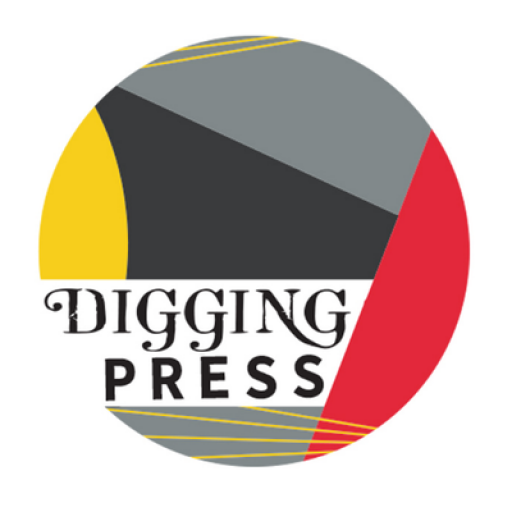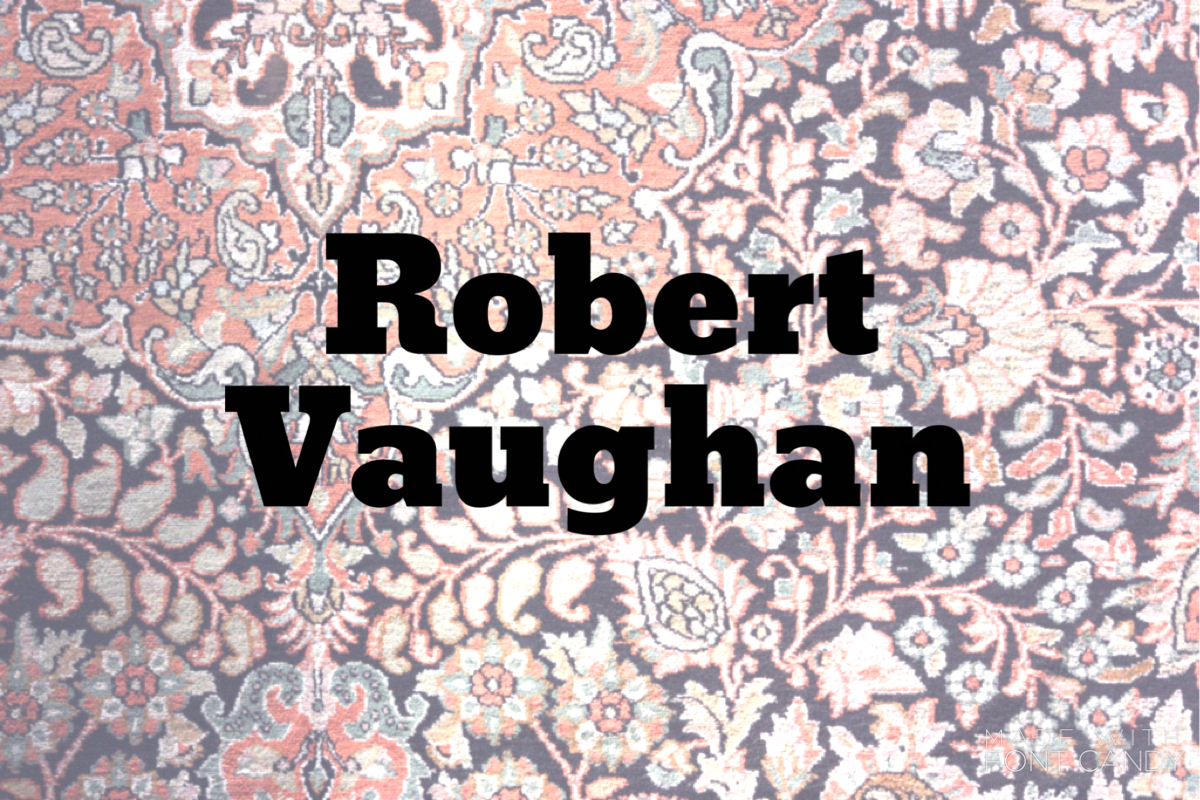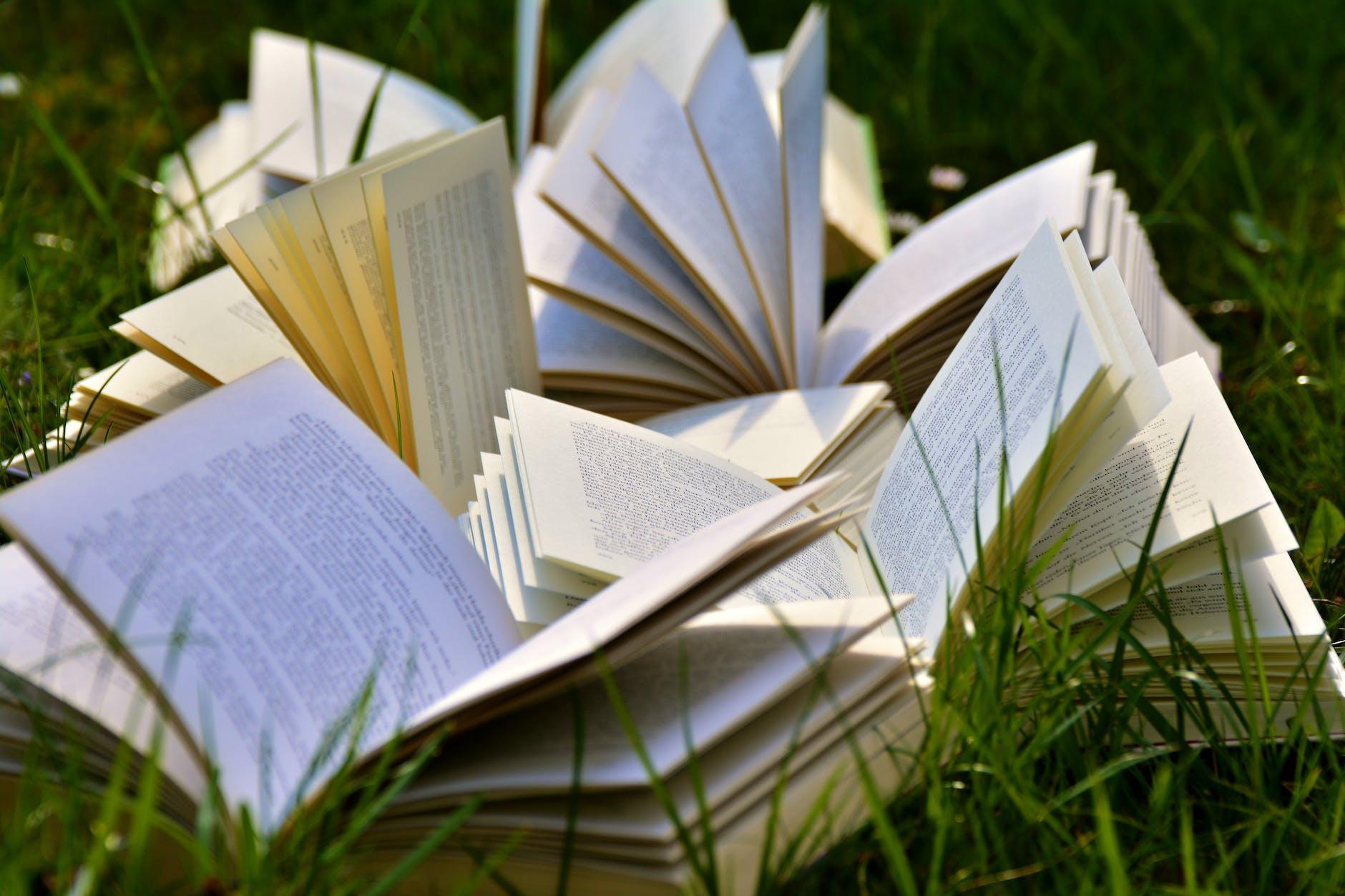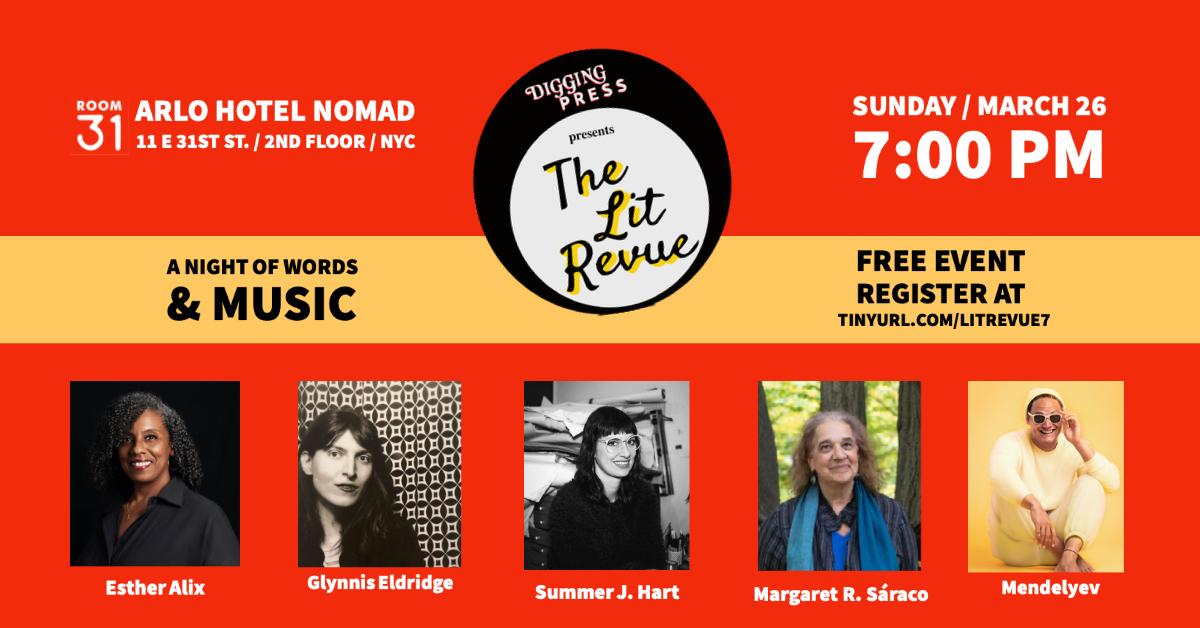
I hit the wall in 2010. The year before, my first story was published in Pank. In May of 2010, I graduated from my MFA program. That summer, I attempted to write new stories. I failed. By November, I was feeling lost. I joined the online writing community known as Fictionaut. The first writer to welcome me to the site was Robert Vaughan. For the next six months, I read stories by Robert and other established and emerging writers and poets. Robert’s pieces were always at the top of Fictionaut’s Recommended Stories list and the notice was well-deserved. As a minimalist writer, I’ve experienced my share of disparaging criticism for my work, but Robert offered me encouragement and for that I’m forever grateful.
Robert Vaughan leads writing roundtables at Redbird-Redoak Writing. His writing has appeared in hundreds of print and online journals. His short prose, “10,000 Dollar Pyramid” was a finalist in the Micro-Fiction Awards 2012. Also,“Ten Notes to the Guy Studying Jujitsu” was a finalist for the Gertrude Stein Award 2013. He is senior flash fiction editor at JMWW, and Lost in Thought magazines. His poetry chapbook, Microtones, is from Červená Barva Press. His second chapbook is forthcoming from Deadly Chaps in October 2013, and his first full-length collection, Addicts and Basements from Civil Coping Mechanisms in February, 2014.
http://www.robert-vaughan.com/
Interpret this question however you wish. Where did you start, where are you now, and how did you get there?
VAUGHAN
I started at the beginning of first grade with my teacher, Mrs. Starr. Wrote a story called “The Saber Toothed Tiger.” She had me read it aloud to the class. I was hooked. Right now I am upstairs in my office, awaiting the arrival of my second chapbook, Diptychs, Triptychs, Lipsticks & Dipshits from Deadly Press. At the same time, my first full-length collection, Addicts & Basements, is being read Civil Coping Mechanisms, and they have agreed to publish it in February, 2014. I have no idea how I got here, but in a sense I have always followed a similar route: work hard, fail better, and laugh (sing) often. Dance. Celebrate the fabulousness that is uniquely you.
I’m glad you mentioned your upcoming book, Addicts & Basements, because you have an intriguing flash piece from the book called “Four Myths” at Clutching at Straws. The brevity of the piece creates a sense of entrapment. Although this piece could have worked as a longer story, you chose to write it as flash. Can you tell us about the conception of this piece and what it gains from its brevity?
VAUGHAN
“Four Myths” started with three separate images. Each original paragraph was about twice the length of what it became, and that compression is what I am always yearning to achieve in flash fiction. Like its sister genre, prose poetry, an economy of words is necessary, and so EVERY WORD COUNTS!!! So, I had the essence of this story with three contrasting images- a big man against a huge neon LIQUOR sign, a (youngish?) woman hanging over a rural fence in winter, and a person disappearing beneath the ocean waves. I start by looking at the associations, what do these all have in common? And then search for sensory details – sometimes drawing a sensory map as “backdrop.” Asked probing questions: Whose story is this? Why would a potential protagonist have a BURNING DESIRE to tell this story? What is the secret that is told or held back? Finally, I work-shopped the piece (both online, and also in a roundtable in which I read the piece aloud for feedback) and the final edit was to switch Myth #1 with Myth #4, which is the version I submitted. I am still toying with this piece, shuffling words and moving images here and there. Although there is a temptation to tell the piece in a more narrative or story-telling form, I think the “white space” is what makes this so much more haunting, and imagistic. When you delve into a hinted incident (like incest), often what is not said is as powerful as what is said.
I picked up a copy of Microtones earlier this year at AWP Boston. I’ve read and re-read the book a couple of times. Though the collection features a number of voices, there are three in particular that always catch my attention. I’m referring to the voices in the following pieces: “A, B, C”; “Legacy”; and “Elements of K.” The kick I felt reading each of these was very different. “A, B, C” is written like a three-act play with an end, beginning, and middle sequence. “Legacy” is a revelatory poem about disappointment and lack of closure. “Elements of K” is a portrait of a mother from the point of view of her favorite son. It’s a piece that reveals more about the observer than the person observed. The collection’s connective thread is in the opening Harry Partch quote: “This is my trinity: sound-magic, visual beauty, experience-ritual.” How did you select the pieces in this collection? And, what drove the order they are presented in?
VAUGHAN
Gessy, thanks so much for turning to Microtones, my first chapbook. This is such an experiment, and like anything that has never been done before, I had to trust my instincts and judgments about what to include, or not include in this collection. First I turned to the pieces I had published previously, many of them I had work-shopped in either live roundtables in Milwaukee, or online groups like 52/250, a collective, or Fictionaut. Then, I also knew I wanted to use the scope of my experimental writing: prose poems, poems like “Legacy,” and pieces like the other two you mention above in which I play with form, beyond the flash fiction scope. Once I had about 30 pieces selected, I then turned to their order. I chose the opener, “The Outlaw,” because it was the first piece in which I cracked one of my top 10 magazines (elimae), and the last piece; “Wrestling with Genetics,” for a similar reason (Necessary Fiction). The rest of the pieces fell into place from there. After I submitted the 24 pieces, my publisher, Gloria Mindock (Červená Barva Press) suggested I change out one of them. I sent her a replacement that day and Microtones was set. And once I did, that was the hardest part, trusting every single piece is meant to be in Microtones. Harry Partch is whom I felt on my shoulder, watching the entire time. His contribution to music and to my work is instrumental, at the very basic core of the chapbook. I am indebted to him, not only for the quote, but for his life story, and his unique, visionary contributions to his life passion.
Let’s talk about music. When I think of a microtone, I think of jazz. There’s the lower pitched tone in a good jazz number that makes me want to crawl into a ball like a sleepy cat. I experienced that feeling with some of the pieces in your chapbook, Microtones, but I also experienced the expressive tones. For example, the opening piece,”Stand Here,” has a fast tempo, bebop quality to it. I gather you worked on these pieces individually, over an extended period, so at what point in the process of collecting these pieces did you become aware of tone and rhythm?
VAUGHAN
Tone and rhythm are inherent in every single word, and when you place words together, construct, string them together to make a sentence. Of course, in more traditional poetry we have meter, line, (breaks), and stanzas. But from the world of music we have such a vast lyrical pool to draw from: forte, solo, riff, scherzo, blare, and pianissimo. And tempo is a wonderful word (in literature we might call it pacing?) Music has been a force in my life since I was very small. My parents were both lovers of music, revered all forms of it. This is infused in every part of me. My sister and I recently discussed Dad’s incredibly vast jazz vinyl collection, and my mother mastered several instruments- cello, piano and voice (among others). Mom’s college degree was in music! So, this is probably genetic, organic, and I still experiment with this in every single piece I write. Some of the techniques are refined with editing and re-writes, reading the pieces aloud, and looking for your overall desired effect. Sometimes I am willing to lose a concrete sense of “meaning” for a direct experiential translation of a piece. Perhaps two examples in Microtones might be “Upswing of Falling” or “Prayer, Protest, Peace?” A matter of trust, or being with the sounds of a poem (tone and rhythm), versus the meaning, this sense of abstraction, matters equally to me. Like the strange sense of hearing Laurie Anderson or Kraftwerk for the first time. An awakening of sensory depth.
You mentioned two new books in the works. Can you tell us more about your upcoming projects? Oh, and what are you listening to these days and why?
VAUGHAN
Yes, two forthcoming books: Diptychs, Triptychs, Lipsticks and Dipshits, a chapbook of 36 pieces from Deadly Press (any day now!) And Addicts & Basements from Civil Coping Mechanisms (Feb. 2014). I’m also working on another project, Occupy (have no clue how many pieces it might involve). Another ongoing project is my longer stories and short stories I’ve published. I’m gathering a collection of them together called Arrival and Other Stories. I continue as senior flash fiction editor at JMWW, and fiction & poetry editor at Lost in Thought magazines. I’m currently a Flash Fiction Challenge Judge (2013). I also co-host a quarterly reading series in Milwaukee called Middle Coast Poets.
What I listen to these days, it’s a wide range from the danceable tunes from Daft Punk or Robin Thicke’s “Blurred Lines,” to Metric or Silversun Pickups. For writing I like Dead Can Dance, Indian ragas or sometimes a playlist that Stephen Hastings-King turned me on to last summer (rave music). I like to exchange new music finds, and will often pull my car over to a curb to jot down a song from a radio show if I am unfamiliar of it. I listen to music when I run: remixes from The Phenomenal Handclap Band, Spencer & Hill, Moby, or The Ting Tings to name a few. And last but not least, I enjoy singing on friend’s phone recordings. I just make up my own song.
Fascinating, thank you, Robert!






2 responses to “Robert Vaughan – Conversation No. 8”
Really substantive, informative, fascinating and inspiring interview. Thank you Gessy and Robert! Hats off to both of you!
Robert was one of the first writers I got to know online, through the wonderful W.F. Lantry. He introduced me to fictionaut and I was (am) very impressed with his pared-back pieces and approachable, supportive personality. Lovely to read more about him in this interview!